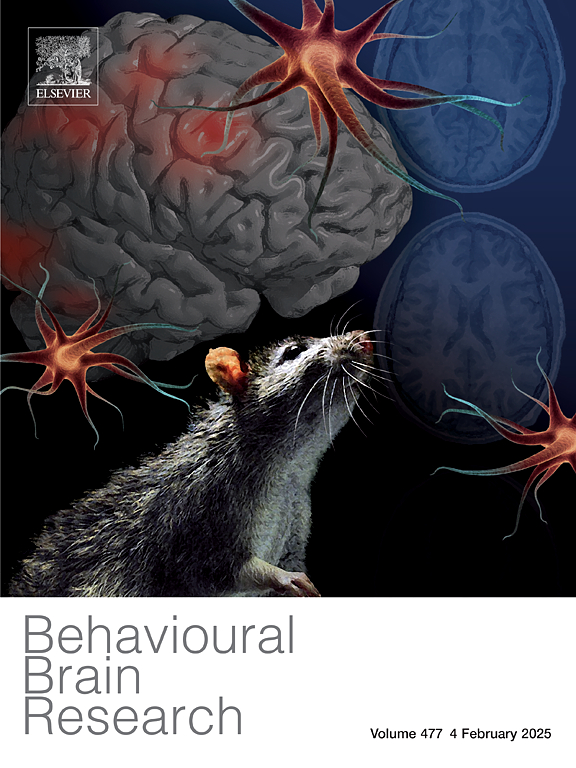Congenital anosmia and subjective tactile function: A pilot study
IF 2.6
3区 心理学
Q2 BEHAVIORAL SCIENCES
引用次数: 0
Abstract
Anosmia, the complete loss of olfactory perception, has been associated with sensory compensation in non-chemical senses such as vision and hearing, but its relationship with tactile perception remains unclear. This study investigates whether isolated congenital anosmia (ICA)—a rare condition in which individuals are born without a sense of smell but are otherwise healthy—is linked to heightened self-reported tactile sensitivity compared to healthy controls. Drawing on sensory compensation theory and anecdotal evidence from related studies, we hypothesized that individuals with ICA would report increased tactile sensitivity, particularly in response to discomfort. To test this hypothesis, we surveyed individuals with ICA (n = 40) and healthy controls (n = 40), matched for sex and age, using standardized questionnaires and a specially developed questionnaire focused on discomfort related to materials, food textures, stickiness, and pressure. Contrary to our pre-registered hypothesis, the results revealed no significant differences in overall self-reported touch sensitivity between the groups. However, exploratory analysis indicated that individuals with ICA exhibit greater sensitivity to temperature sensations and to overall tactile discomfort, specifically in response to pressure and food textures, compared to controls. We propose that individuals with ICA may compensate for their olfactory loss through heightened sensitivity to certain tactile stimuli related to discomfort, as both touch and olfaction play overlapping roles in the detection of aversive stimuli. These exploratory findings underscore the need for further investigation into the sensory compensation mechanisms of olfaction on touch.
求助全文
约1分钟内获得全文
求助全文
来源期刊

Behavioural Brain Research
医学-行为科学
CiteScore
5.60
自引率
0.00%
发文量
383
审稿时长
61 days
期刊介绍:
Behavioural Brain Research is an international, interdisciplinary journal dedicated to the publication of articles in the field of behavioural neuroscience, broadly defined. Contributions from the entire range of disciplines that comprise the neurosciences, behavioural sciences or cognitive sciences are appropriate, as long as the goal is to delineate the neural mechanisms underlying behaviour. Thus, studies may range from neurophysiological, neuroanatomical, neurochemical or neuropharmacological analysis of brain-behaviour relations, including the use of molecular genetic or behavioural genetic approaches, to studies that involve the use of brain imaging techniques, to neuroethological studies. Reports of original research, of major methodological advances, or of novel conceptual approaches are all encouraged. The journal will also consider critical reviews on selected topics.
 求助内容:
求助内容: 应助结果提醒方式:
应助结果提醒方式:


